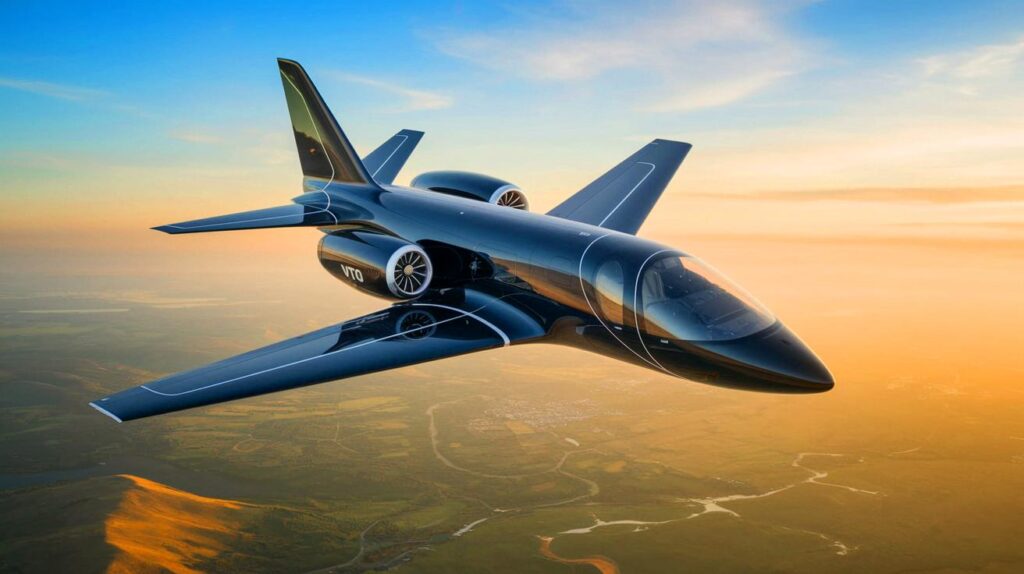| In Brief |
|
HII, a pioneering defense company, has recently unveiled an ambitious project that could redefine current military strategies. By developing a high-energy laser weapon system for the U.S. Army, HII aims to provide an innovative solution to counter modern aerial threats. The prototype, designed to intercept and destroy enemy drones, marks a significant advancement in defense technology. This development is part of a broader strategy to enhance the security of armed forces while adapting to the rapid changes on the modern battlefield.
The High-Energy Laser Weapon Prototype
The high-energy laser weapon system developed by HII utilizes an innovative open architecture. This prototype is designed to identify, track, and eliminate unmanned aerial systems, covering Groups 1 to 3. Grant Hagen, president of the Mission Technologies Warfare Systems Group, emphasizes that this device is not only effective but also interoperable and sustainable. Its ability to shoot down drones mid-flight represents a major technological advancement. In addition to enhancing security, this project falls within a larger strategy aimed at developing affordable and scalable defense solutions. Ensuring the safety of soldiers requires continuously adapting defense technologies, and this prototype meets that demand effectively.
Directed Energy Weapons: A New Era of Defense
Directed energy weapons are not a new concept, but their integration into armed forces is unprecedented. The U.S. Navy, for instance, already uses laser weapon systems on some of its ships, such as the USS Preble destroyer. These technologies are efficient at neutralizing enemy drones and missiles. Furthermore, the Air Force relies on powerful lasers for counter-drone missions. Directed energy weapons offer a fast and precise response to modern threats. Ongoing developments illustrate how they are becoming an essential component of contemporary defense strategies, potentially redefining the rules of engagement in future conflicts.
Field Testing of the HEL Prototype
The field tests of HII’s high-energy laser prototype represent a critical step in deploying this technology. These tests are intended to assess the safety and operational effectiveness of the system. HII plans to gather valuable data on the performance of its subsystems to ensure they meet the Army’s interoperability and cost-effectiveness standards. Success in these tests could pave the way for initial production aimed at broader integration. This testing phase is crucial to guarantee that the system is prepared for use on modern battlefields, where threats evolve rapidly and require adaptive responses.
Toward a Future of Technological Warfare
The adoption of high-energy laser weapon systems by the U.S. Army could profoundly impact global military strategies. These weapons provide rapid and precise destruction of enemy drones while allowing operational flexibility through their modular architecture. HII’s contract underscores the United States’ commitment to maintaining military superiority through investment in cutting-edge technologies. The impact of these innovations on the global military power balance could be immense. However, these advancements also raise questions about the future of armed conflicts and the nature of modern warfare. The era of technological warfare promises unprecedented challenges as well as strategic opportunities.
As these new technologies are deployed, a critical question arises: How will they transform battlefields and influence the course of international conflicts? What will be the long-term effects of integrating these advanced systems on military tactics and overall security? The future of defense strategies looks as exciting as it is complex, and only time will reveal how these innovations will reshape the global geopolitical landscape.







